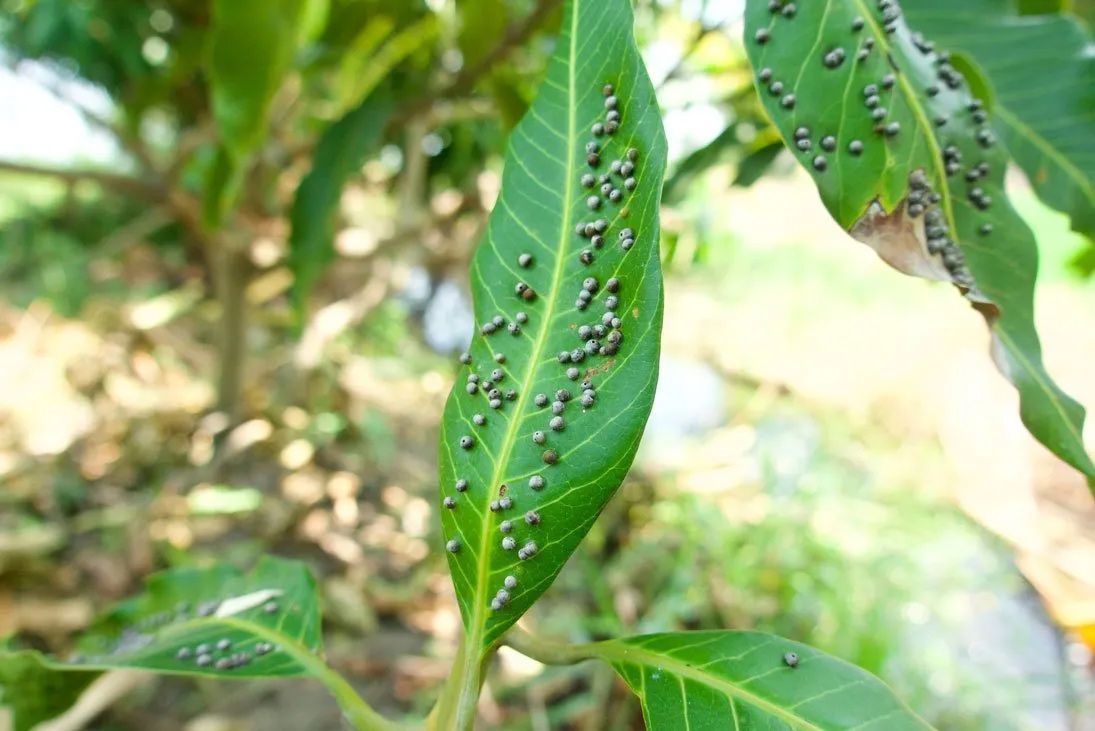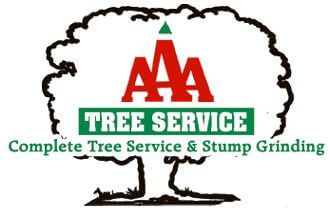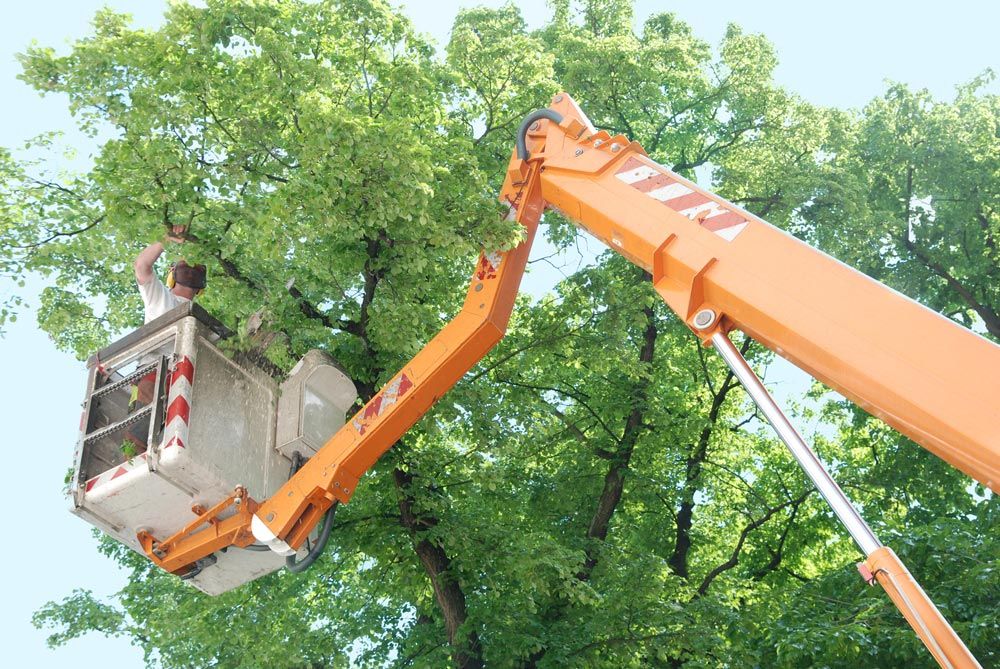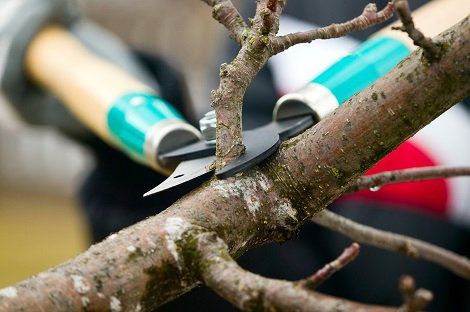4 Steps to Avoid Disease and Pest Problems on Your Trees

Your trees depend on you to help them resist pests and diseases. Although a large, established tree is often capable of resisting disease organisms on its own, your trees may need help and treatment if they're stressed or if they're not fully established yet.
Discover some steps you can take to help reduce your trees' exposure to pests and disease and help them fight off any that do attack.
1. Use Good Tree Hygiene
Good hygiene for trees includes things like cleaning up debris around the tree. For example, if your tree drops its leaves in the autumn, fungal spores could overwinter there and attack the tree later. Rake up the leaves after they fall, and remove them from the area to reduce or prevent this problem.
Another part of good hygiene is using clean tools on and around the trees. If you ever trim the tree yourself, even if you just bring a flowering spray indoors as a decoration, make sure you use clippers that are clean. You can clean your tools with a mild bleach solution to avoid the spread of disease organisms to your trees.
Also, make sure you choose tree care companies that use sanitary instruments, so they don't spread diseases to your tree from the last job they worked.
2. Monitor to Catch and Treat Problems Early
A regularly scheduled inspection for your trees can help ensure they're in good health and catch any threats to their health (such as an incipient bug infestation) early on. Catching a pest problem or disease before it affects the whole tree can make it much easier to treat successfully.
Have an experienced tree care professional perform these inspections, since they know the signs of the tree problems common in your region and are adept at spotting the symptoms. These symptoms could range from leaf spots or holes to less obvious signs such as a sticky substance on leaves or tiny insects living on the leaves' undersides.
3. Care for Trees to Avoid Stress
A tree that's stressed is often more likely to fall victim to a disease organism or a pest infestation. Your tree can become stressed by drought conditions or by physical damage (such as from lawn equipment).
Help your trees avoid stress by protecting them from landscape equipment, livestock, and other potential sources of damage, and talk to your tree services contractor about supplementing the trees' water in dry weather. If you're in a drought situation, even established trees will likely need some water to avoid excessive stress.
Also, talk to your contractor about how to protect your trees from other potential sources of stress, such as overly compressed soil or road salt exposure.
4. Have Trees Professionally Trimmed
Trimming a tree properly can help avoid situations such as a too-dense canopy with too many branches competing for the sun. This situation reduces airflow, making an ideal scenario for fungal diseases such as leaf spot. Trimming your trees can also help keep them structurally sound, so branches won't rip off in a storm and leave a jagged, easily infected wound.
You'll typically need professional-level pruning, especially during events such as branch removal. Professional equipment can support the weight of the branch as it's removed, and professional tree contractors can use special techniques to cut the branch off safely. Without these types of precautions, the branch could tear a strip of bark off the tree, letting microbes in.
These steps can help you keep your trees in good shape so they're less likely to become stressed or attract insects or diseases. For more information on the best schedule for professional tree trimming, get in touch with a local tree professional such as AAA Tree Service today.


